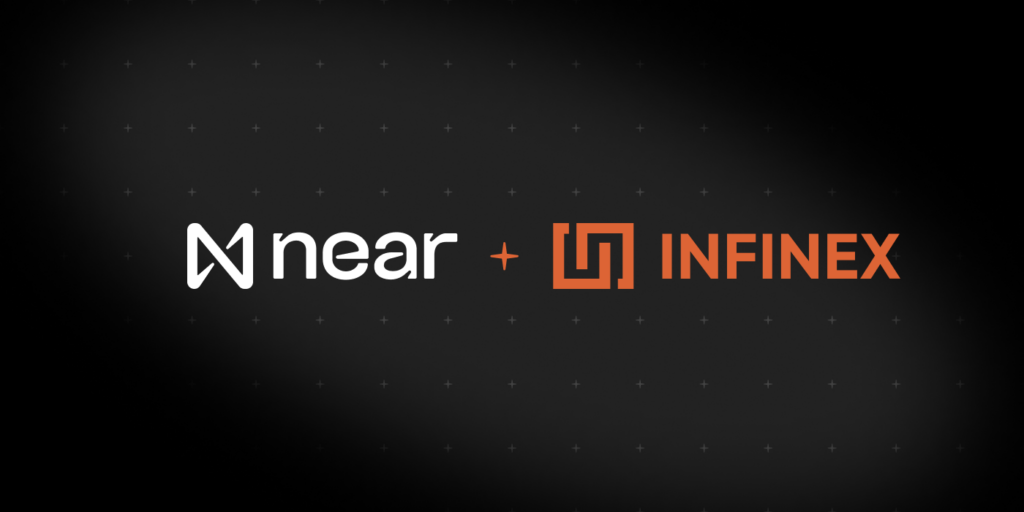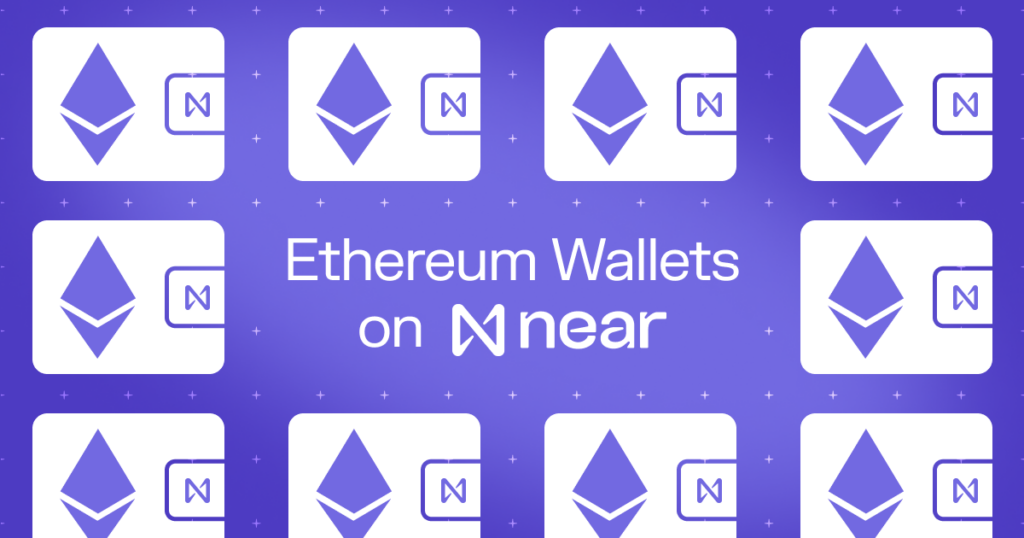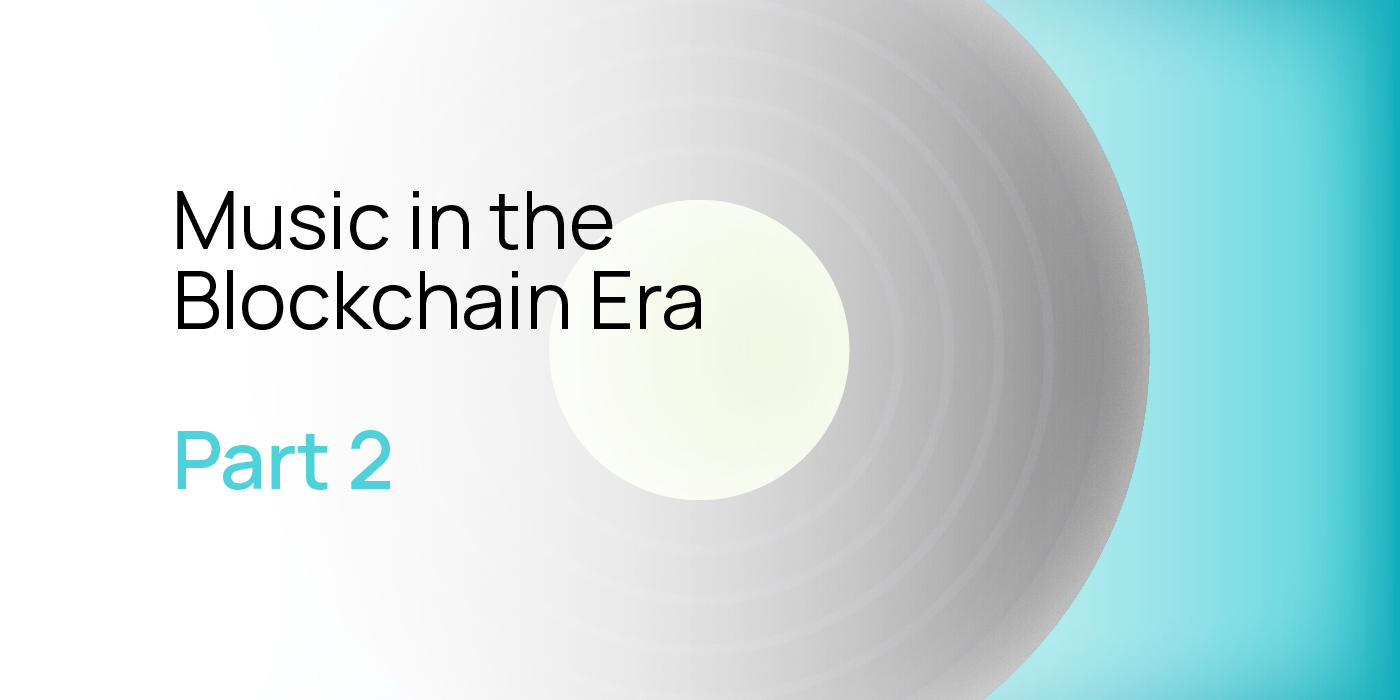Music and Blockchain: Building a Record Label on the Blockchain
Blockchain technology and Web3 are on their way to transform everything—particularly the world of art and music. Right now, the music industry is very much centralized, with Web2 streaming platforms (despite being extremely popular) often not getting the best deal for artists.
Blockchain solutions are working to solve this. Decentralized streaming platforms, like the NEAR-based Amplify.Art and Tamago, will give musicians more artistic control (and revenue). Music NFTs, already popular on NEAR, are also helping artists create a closer connection with fans.
Even the way live events sell tickets is finding its place in web3. Mintbase, an NFT minting platform built on NEAR, is experimenting with smart ticketing—selling tickets as NFTs to prove authenticity and prevent fraud.
One of the next logical steps is reenvisioning the record label. By decentralizing music, the hope is that a more fair and less byzantine system can take root, allowing musicians and other industry professionals flourish on more equal terms.
This future is already unfolding on the NEAR ecosystem, where musicians can learn to build on a super fast, low cost, and secure blockchain.
Reimagining record labels on NEAR
DAOrecords, a label built on NEAR, is a good example of the creative reimagining of a blockchain record label. Brainchild of hip hop musician, producer, and Web3 proponent, Vandal, DAOrecords is using blockchain to give artists their fair share through NFTs, automated royalty-splitting, and live events in metaverse venues.
DAOrecords will launch their alpha product in May through SoundSplash, a Metaverse event series. Until then, the label is helping artists navigate Music NFTs and Web3. And it’s not just DAO Records that is helping to create a hub for music NFTs on the NEAR ecosystem.
Last year, Ed Young (co-founder of The Source) and the Universal Hip Hop Museum (UHHM) partnered for NFT.hiphop, a collection of art/music NFTs featuring hip hop artists. The collection featured illustrations of the most famous hip hop artists, created by André LeRoy Davis. Mintbase also got into the tokenized music game with its release of Deadmau5 and Portugal. The Man’s collaborative NFT single “this is fine” in December 2021.
While NFT.hiphop and the Mintbase-Deadmau5 projects are creative experiments, DAOrecords is using NFTs to revolutionize the record label. Music NFTs are simply smart contracts that give fans ownership of songs, artwork, merchandise, and other unique assets. With original NFT collections, the idea is to create more personal connections between artists and fans.
Making royalty splits transparent
Vandal formed DAOrecords, in large part, to improve the distribution of music sales and royalties to artists. Like many music industry professionals, Vandal recognized the longstanding issue of artist royalties, which streaming platforms only amplified. After record labels, managers, and others take their cut of music sales and streams, musicians are left with meager income.. This model means smaller independent artists often struggle to hit billions of streams to earn a liveable wage.
“As an independent artist it can be really hard to compete in an industry that relies so heavily on streams,” Vandal says. He adds that we need to re-examine our relationship to streaming: artists are unable to know their audiences and have little connection with them. He says NFTs can be the new collectibles, replacing CDs or vinyl records, and bringing musicians and fans closer together.
Vandal adds that “blockchain can provide a layer of transparency and trust,” using music NFTs as an example. Everything is baked into smart contracts, and artists know exactly where funds will be allocated. Joining a music DAO can help artists participate in decentralized governance, request funds, and ultimately see every activity recorded on the blockchain.
DAOrecords is also heavily involved in the metaverse—the next, more interactive generation of the Internet. The label’s affiliated artists have been performing at metaverse events since April 2020, most recently at the Metaverse Music Festival in Decentraland last October.
Why build on NEAR’s blockchain?
NEAR’s super fast transactions and ease-of-use are obvious attractions to Web3 labels. But Vandal also says that creating a label on NEAR was perfect because of the variety of people using it.
“There is a sense of community and family with everyone doing different things,” he says. “It [has] always felt very much like a family.”
Beyond the ecosystems’ diversity and sense of community, Vandal chose NEAR after experimenting with Ethereum to mint music NFTs. The network worked well but he was put off by the high gas costs. NEAR’s fast and cheap platform was a better alternative. Vandal was also drawn to the tools available on NEAR, especially automated splits for contracts.
For song and album royalty splits, NEAR’s speed, efficiency, and cost is a natural draw for music industry folks. Jordan Gray, an electronic musician and co-founder of Astro DAO, says quick automated royalty payments are being transformed on NEAR.
In the music industry’s current royalty model, artists can wait months to get their cut from a Web2 streaming platform. NEAR’s platform can immediately split royalties for up to 40 people, as small as a fraction of a cent. This is something bigger blockchains, like Ethereum, can’t do because of cost.
“I don’t think anybody has taken advantage of it yet, or found the perfect formula,” says Gray. “But I think that is a key component to taking a part of the music industry and automating it—making them more efficient so artists can get more money for the music they create.”
Eventually, even listeners will receive rewards, it is hoped. By curating playlists of their favorite artists, Vandal says they will receive quick payments from artists depending on how well their selections do online.
Rethinking record contracts
For well over 100 years, music artists have signed contracts with record labels. This is set to change on Web3 platforms like NEAR.
Vandal says DAOrecords and others are moving away from the typical model of signing artists with paper contracts. Musicians will be in full control of their work with non-exclusive, non-IP (intellectual property) systems where they can release their own music, or even set up their own platforms, with the label.
These platforms will resemble a WordPress template on which artists will have their own “landing pages,” where fans can fully interact with them. Eventually, artists will create their own labels using web3 technology, he adds.
DAOrecords and others are also reimagining the way funds are handled. Vandal says money raised from NFT sales will be reinvested into the artists so they can do what they do best—create.
DAORecords’ approach to contracts is one path forward but there will be others. And if things get complex, artists can tap into the NEAR’s Legal Guild, which provides legal expertise and support to projects, DAOs, and entrepreneurs using the NEAR blockchain.
“Our main mission is to see how we can reimagine what a record label is,” Vandal says.
If all goes according to plan, and the future of music does find a secure place on the blockchain, then artists will be able to have a greater say in creative control, through music NFTs, and a better chance of receiving the money they truly deserve. Traditional streaming platforms will evolve into something more inclusive and fair, and live metaverse shows will be more viable.
Share this:
Join the community:
Follow NEAR:
More posts from our blog



